Bones, stones , pots and relics, one of the best museums to get close to your ancestors at Corinium museum in the Cotswolds.
/Menu
Why visit the Corinium Museum.
What is there to see.
Essential information.
You can handle these two replicas and several more!
Why visit the Corinium Museum?
It is , by far, one of the best museums to get see prehistoric, Roman and Saxon remains.
There are so many things to see and so many information boards that it is impossible not to learn a huge amount about our ancestors.
There are numerous activities to keep children (and adults) entertained for hours.
It gives visitors an opportunity to handle replicas such as those shown in the two photos above.
You will be able to get a close look at archaeological discoveries that are regularly discovered with great excitement on tv programmes, but they are taken off to be studied in private at universities. The Neolithic and Beaker people pottery are good examples of this, whilst at this museum, you can see all the decoration on their pots and begin to see how different decorations show different periods of prehistory.
You can see various graves that have been reconstructed and appreciate the work of archaeologists carefully uncovering such finds to get the full picture and maximum information from their dig.
Full size waxwork models displaying various aspects of life have been placed all around the museum to enhance understanding of life in the different time periods.
The Paleolithic (900 000 BC -10 000BC) and Mesolithic periods (10 000BC -4000BC).( Old and Middle Stone Age)
As you begin your tour the first thing that hits you is the display cabinet below. Apart from the man made tools, what stands out is the woolly mammoth tooth and tusk. If this is just one tooth, how big was this creature?
The woolly mammoth tooth (above) and tusk (below)
So many questions come to mind when looking at the exhibit above. How much work went into the flint knapping in order to create one of these hand axes? This involved bashing away at a piece of flint in a certain direction to get an edge and making sure that, in the process, you do not make a large gash in your hand or worse, cut a finger off!
The Neolithic Period, 4000 BC-2500 BC (New Stone Age)
This is the period when farming comes to Britain, both growing crops and domesticating animals. People actually came across from Europe with these new ideas to start up new settlements and soon their practices spread. Wild ox, goat, sheep and dogs were now being tamed and bred. This saved a lot of time and so people could devote time to inventing and discovering things as well as building permanent houses. This was the period when megalithic monuments were beginning to be constructed such as early Stonehenge which was a circular ditch and ridge plus a ring of stones. Not the end product that we see today!
As we move to the Neolithic period you can see that the axes are a lot more sophisticated and now polished smooth. What catches my eye are the intricately formed arrow heads. How much work has gone into them? How many times was the job coming along nicely until one bash shattered the whole thing, made a cut too large or in the wrong direction? The art of flint knapping was highly skilled and took a long time to master.
In my garden shed I have a mattock and a pick-axe. They are heavy but easy to weald and can dig into soil and break up thin concrete. How on earth did they use these antler picks successfully? In East Anglia there is a flint mine called Grimes Graves and the several mine shafts were dug out using antlers! Amazing and incredibly arduous work.
Neolithic pottery. They made the pots by creating a long clay sausage or rope and coiling it around making a cylinder. When the rope coil was tall enough some kind of scraper was used to soothe the inside and out to make a recognisable pot. At first, in 4000 BC, they made simple plain pots. However, humans are never content with basic design and so Neolithic people would then create a simple design with their finger nails or a stick. By 3000 BC they were making “Groved Ware”. I have seen bits of Neolithic pottery on tv excavations but not this close or this clear so that the detail is easily observed. Below is a replica of a large Neolithic grooved ware pot that can be touched.
The Bronze Age 2500-800BC (including the Beaker Culture).
In the Neolithic period, the dead were placed in long burial mounds known as “Long Barrows”, such as the West Kennet Long Barrow which can be visited. Over time, several bodies would be carefully placed in such barrows. However, towards the end of the Neolithic and into the Bronze Age, bodies began to be individually placed in round burial mounds, known as “Round Barrows”. You can see loads of these if you visit Stonehenge. Below is a burial discovered in an excavated round barrow of a young woman with a pot, known as a “Beaker”. This practice was known as the “Beaker Culture”.
Above you can see a re-enactment of what archaeologists believe was a beaker culture burial. Below are two excavated beakers with various patterns. Various methods were used to decorate the beakers, such as winding a cord around the pot to leave an impression. On the pot on the right is a cross hatching pattern possibly made by tools made from bone, antler or metal, bronze or copper.
From about 1800, cremations began to take place with the cremated ashes being placed inside what is called a “Collared Urn”(see below). Some of these have been found in round barrows but they have also been found in round ditches.
Copper ore and tin ore were smelted and combined to form bronze in this period. Bronze has a low melting point and so it can be made on an open fire. At the Corinium Museum there are plenty of examples of bronze artefacts. (see below) Bronze axes, knives, spears daggers, rings, pins and bracelets all began to be produced.
The two photos above show examples of bronze tools such as axes and weaponry including daggers and spears. Below are examples of pottery moulds used to create swords and daggers.
Below, fine bronze wire has been twisted to make some sort of jewellery. Several bronze rings have also been found illustrating that their metalwork was not just simple and for basic tools but also be quite fine and artistic.
The Iron Age 700BC -43AD
In this period stronger iron tools were developed and made their way to Britain through trading with the continent. With the tools came knowledge of how to smelt and mould iron and this had a dramatic effect on life. Coins were developed stimulating trade across Britain and Europe.
Artistic iron mouldings such as horse harnesses were now developed.(see below)
I rather like this little character found in the Cotswold Water Park .In my limited, amateur knowledge and if I didn’t know otherwise, this could have been from numerous civilisations across the globe and from different time periods.
The Iron Age saw the creation of wheel thrown pots (see both above and below) Bodies were no longer placed in barrows but either put in graves, cremated or left in the open to decay.
In the Iron Age, there great developments in textiles.Better woven and dyed cloth was now produced for cloths and blankets etc. On the left hand side of the middle row In the photo below are spindle whorls for spinning wool into thread. Next to them are loom weights to keep the fibres taut as the cloth is being woven.
Below is an Iron Age reconstruction of a weaving loom at Butser Ancient Farm. At the bottom of the photo are the weights mentioned and shown above.
Above is Corinium Museum’s scale reconstruction of an Iron Age roundhouse. Below is a full size reconstruction of an Iron Age roundhouse constructed at Butser Ancient Farm in near Petersfield in Hampshire. There is an Iron Age Village to see plus houses from other eras.
To see my blog on Butser Ancient Farm click this link. You will be able to see loads of photos as well as explanatory text.
The Romans 43 AD -410AD . The most spectacular part of the museum.
The Romans left literally tons of artefacts behind for archaeologists, metal detectorists, builders, and ordinary people to fins.It took only a year after the Romans arrived to build a fort for 500 soldiers, mainly cavalrymen.
On entering the museum you are faced with the ticket desk and this wonderful mosaic.
Below is a section of the “Seasons’Mosaic” followed by other mosaics on display.
Below is a reconstruction of what archaeologists believe the Lion mosaic might have looked after completion.
The second thing that you will notice on arrival is this stunning case full of pottery including some beautiful examples of Roman Samian ware.
The Roman gallery is both large and beautiful. The mosaics can be seen from the ground floor and the first floor.
Several military gravestones have been discovered in the local area and these are displayed with the helped of projected lights and text to increase the visitors understanding. Firstly you see the unlit gravestone showing a cavalryman in action. The cavalryman is then highlighted in colour and it is now much easier to make out what’s on the stone.
Then last phase is where the translation is beamed over the latin inscription. What at first seemed a gravestone with some kind of illustration on it and some latin words and could have been passed by without a second look, becomes a cavalryman with a translation that is now easy to understand.
To envisage a Roman soldier, this full size waxwork soldier is displayed with his equipment.
Below , number 1 is a javelin spearhead known as a plum. Number 2 is a balllista bolt, a ballista being a giant crossbow. Number 3 is a pair of arrowheads.
Waxwork figures are also used to display other aspects of Roman life.
There are numerous artefacts and exhibits on religion and associated gods. Below is Mercury and in the bottom left, is a chicken that often accompanies him. apparently he has numerous roles such as god of financial gain, commerce, communication, travellers, luck, trickery and thieves. He also acts as a guide of souls to the underworld.
Meet Neptune the god of fresh water and later the sea, and Fortuna, the goddess of fortune below.
The photo below shows a piece of second century wall plaster with christian acrostic. This is a coded message that reads the same across, down and backwards (a palindrome in two dimensions). Until the 4th century AD, Christians were persecuted by the Romans and so messages, religious poems etc, had to be in code to protect both the sender and the receiver. of the earliest was found when Pompeii was excavated after being covered in lava from a volcano, Versuvius. The words translate as follows;
Rotas - turn or cause to rotate
Opera - deeds, work, care, service
Tenet - to hold, keeps, masters
Arepo - a name of something or somebody
Sator -sower, planter, originator
To add to our understanding of Roman life in Corinium, there is a display of named gravestones that is accompanied by an audio commentary by people acting out a brief account of their lives.
The Anglo-Saxons approximately, 410 AD -1066.
Below is the reconstructed grave of a Saxon female, 25-30 years old who had so many items of jewellery in her grave that she was given the name Mrs Getty (The Getty family were very rich Americans). She was just one of the 248 people buried at Butler’s Field, Lechlade. People were buried there from the late 5th century to the early 8th century and consequently, had both pagan and then later on, christian burials.
Below is the grave of a young man aged between 16 and 18. He was buried in a wooden coffin like Mrs Getty sometime between 475 AD and 550 AD. Having removed the skull from the ground it was sent to facial experts who were able to reconstruct what he might have looked like at death.
In the photo above, there are three Anglo-Saxon spearheads. In all, a total of 27 spearheads were discovered in graves at Butler’s Fields. Unfortunately, the wooden shafts had rotted away but from their length could be calculated by measuring the gap between the spearheads and the end of the grave which gave them lengths from 1.67 - 1.90. Below the spearheads are two single edged swords known as “seaxes”.
Below is a cremation pot. In total, 29 cremations deposited in pots were discovered at Butler’s Fields, all dating from the 5th and 6th centuries.
The post 1066 period
There are numerous items from the periods after the Anglo-Saxon times, too numerous to show or mention in this blog. Here are a few of them.
Below is a beautifully preserved coin known as a “gold noble” from Edward III’s reign (1330-1377).
Below are two examples of a seal matrix. Rather than sign a document, the owner of this seal would stamp it into some molten wax.
Below are two pilgrim badges. To get in “God’s good books” for forgiveness or for medical help, medieval christians would walk a long way to the shrine of a saint and pray for help. Once there, they would pray to the saint to ask for for him/her to have a word with God on their behalf. They would also purchase a souvenir of their arduous journey or to prove to people that they succeeded. The badge at the top is thought to represent St Kenelm and the bottom one is the badge of St Mary and St Anne.
Below is an image of a 15th century pope that was on the wall in the abbey nearby. Under Henry VIII, all abbeys and monasteries were closed down. The church nearby is all that remains of Cirencester Abbey.
Below is a full size wax model of a stonemason who is working on an actual stone roof “Boss” from Cirencester Abbey. A boss is a stone or wooden block that is found at the intersections of the ribs of a vault.
You can see a roof boss from Salisbury cathedral in the photo below. This is example of a “Green Man” roof boss. Bosses look small from the ground but as you can see from the stonemason photo, they are quite large.
Something quite small that is easily missed is an example of a “Great Seal” portraying Queen Mary (1553-1558 and King Philip II of Spain (1554-1558). Mary’s marriage to the Spanish Catholic Philip was highly unpopular. People feared that England would become a pawn in any future Spanish war, used by Spain and having to fight Spain’s wars no matter if they had nothing to do with England.
The last gallery deals with various things including the English Civil War. The first thing you notice is the waxwork of Hodgekinson Paine, a standard bearer for the “Roundheads” (Parliamentarians). He was the last known casualty from the storming of Cirencester by the Royalist troops in 1643. Sadly he died, aged 38, from a musket shot when he was only yards away from his own front door, leaving behind a wife and 5 children.
Essential information
Getting there.
Parking
Follow the brown signs for Corinium Museum to the Old Station Car Park (GL7 1US), which is about a 2 minute walk from the Museum. Once parked please follow the pedestrian signs.
On the weekends free parking is available at St James Place Headquarters on Old Tetbury Road (GL7 1FP), which is a three minute walk from the Museum.
Further parking is available from the Brewery Car Park (GL7 1HN) and Forum Car Park (GL7 1LJ), which both free after 3pm and are about a 5-10 minute walk from the Museum.
Please note: The car park pay and display machines are cash-less, payment can be made by card or via the PaybyPhone App.
Coaches can drop off passengers at the Coach Points along the Old Tetbury Road (GL7 1FP), which is a level five minute walk from the Museum. Please note that the Market Place has been remodelled/pedestrianized and is no longer a suitable coach dropping off point.
Coach/bus
National Express coaches operate daily services from many parts of the UK to Cirencester. Full details of National Express services on 08705 808 080 or visit http://www.nationalexpress.com/home.aspx.
Gloucestershire County Council offers further details on bus services. See Gloucestershire County Council website for further details.
Trains
The nearest train station is Kemble Railway Station (3 miles). Taxis and buses serve the station. See http://www.nationalrail.co.uk or contact National Rail Enquiry Line on 08457 484 950.
Cycling
National Cycle Network Route 48 and Route 45 run through Cirencester, full details of the routes can be found on the Sustrans website.
Opening Times
Opening times
Monday – Saturday 10am – 5pm
Sunday 2 – 5pm
Admission Prices
Adult
£6
Senior Citizens (age 65+)
£5
Children (5 to 16)
£2.85
Concessions*
£3.85
Under 5's
Free
Families (up to 2 adults and 4 children)
£16

















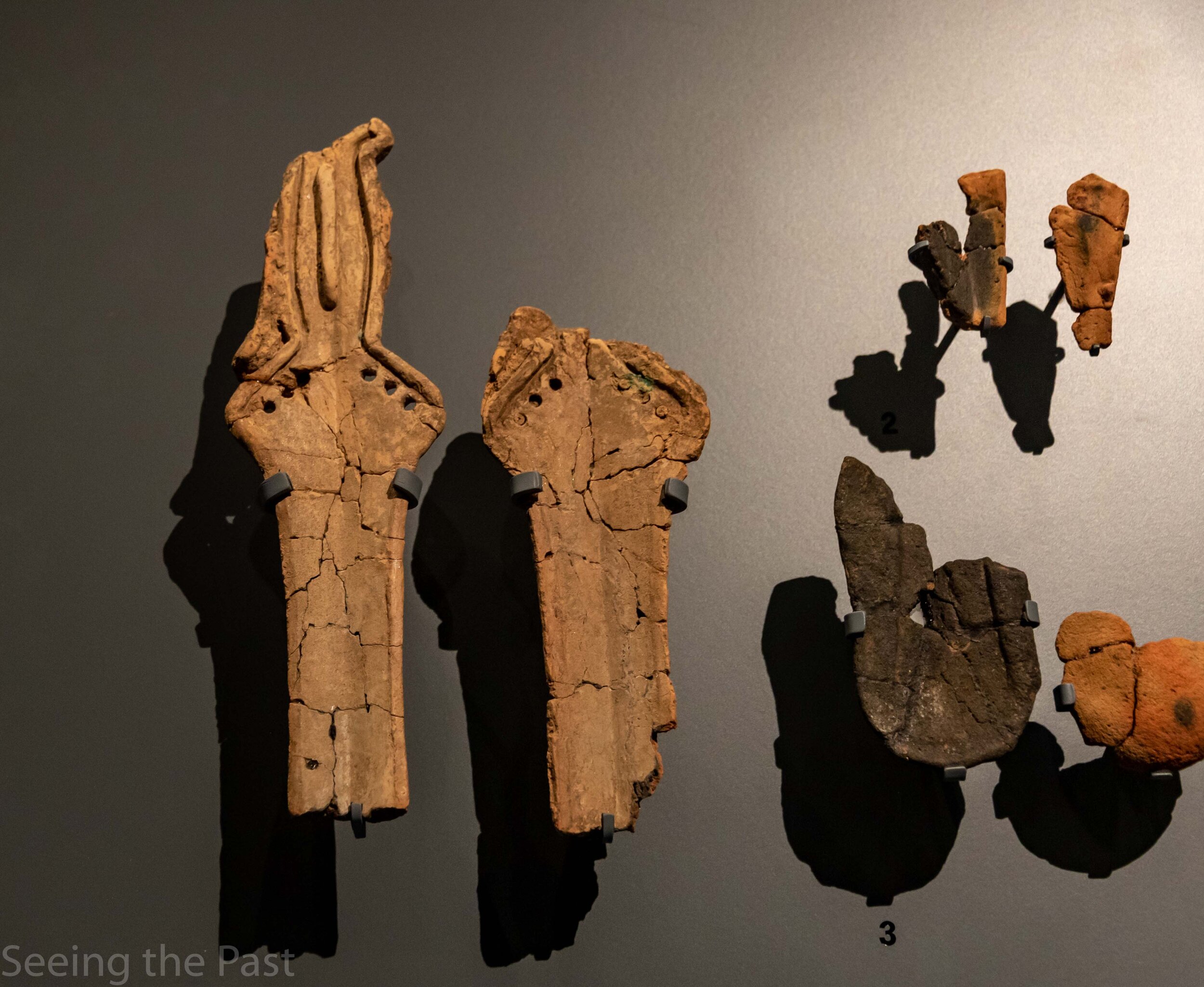



























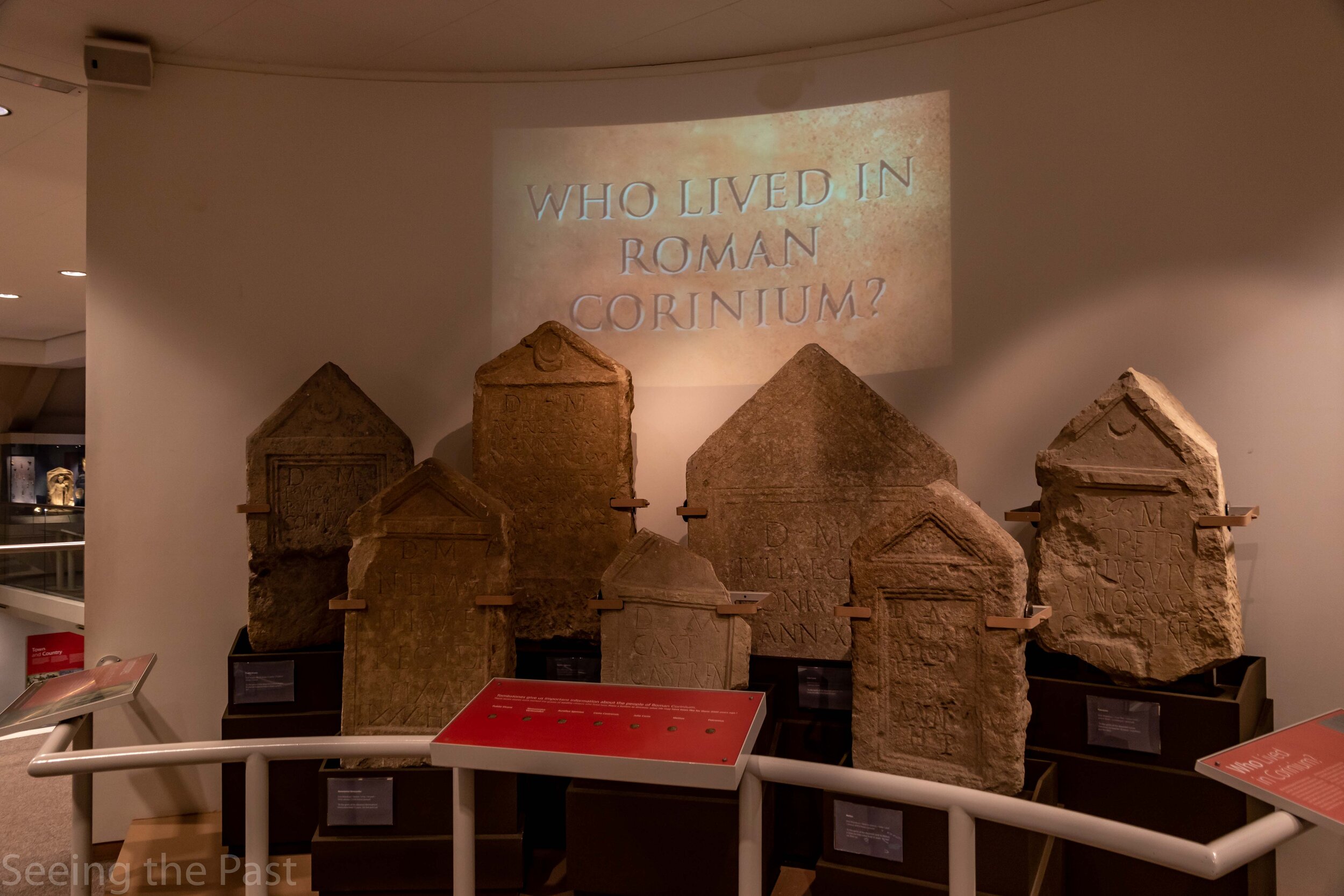





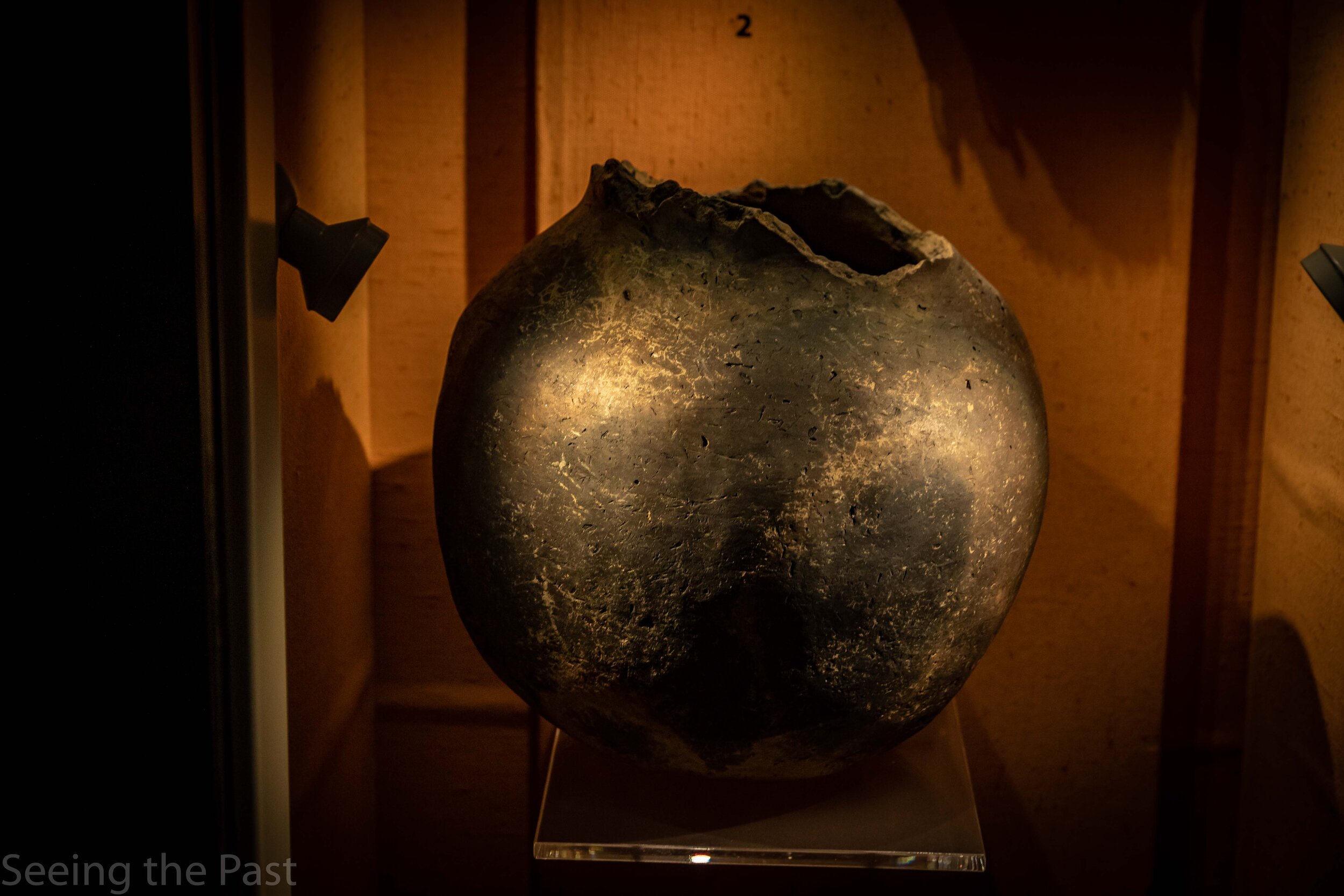


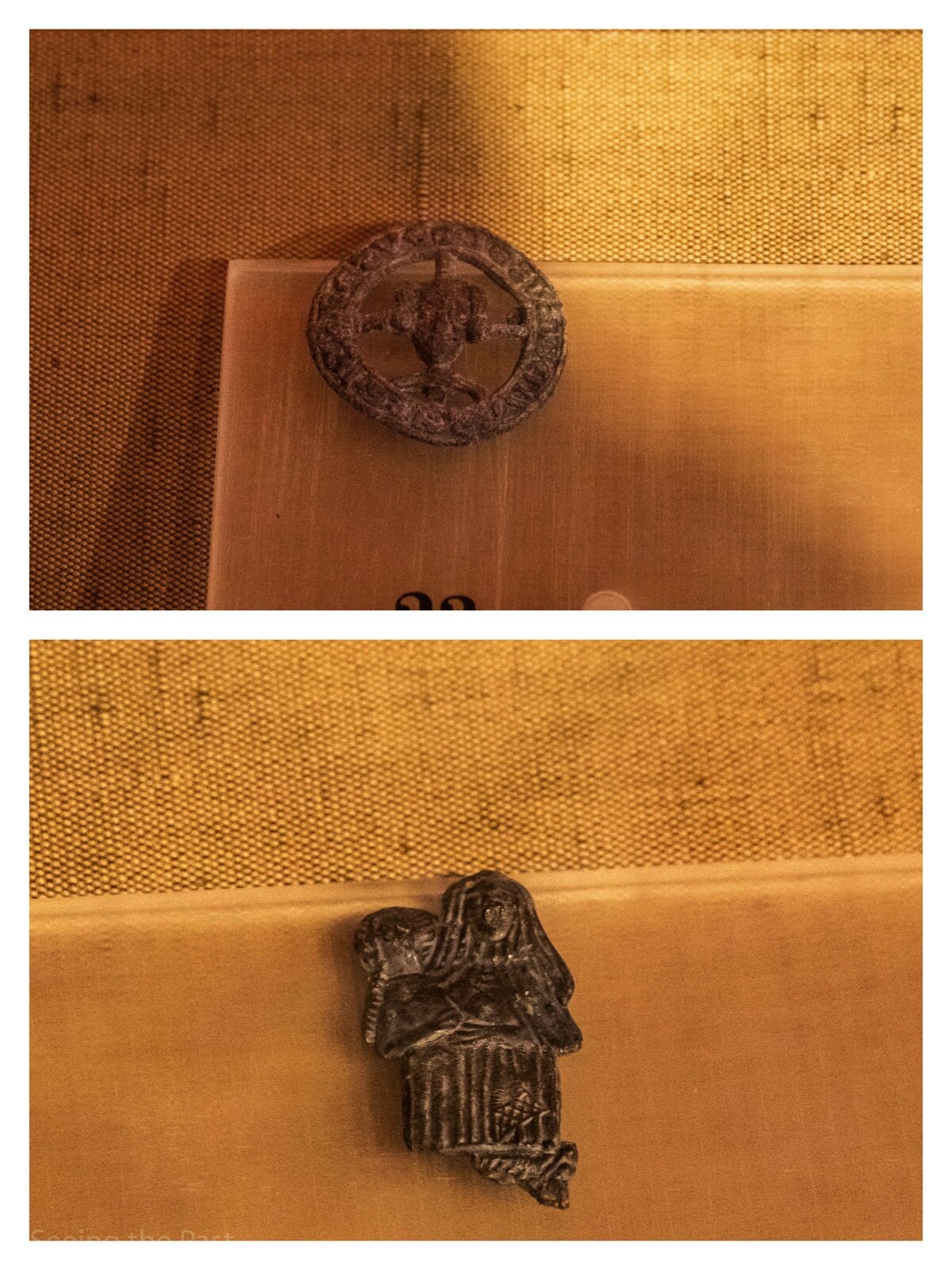







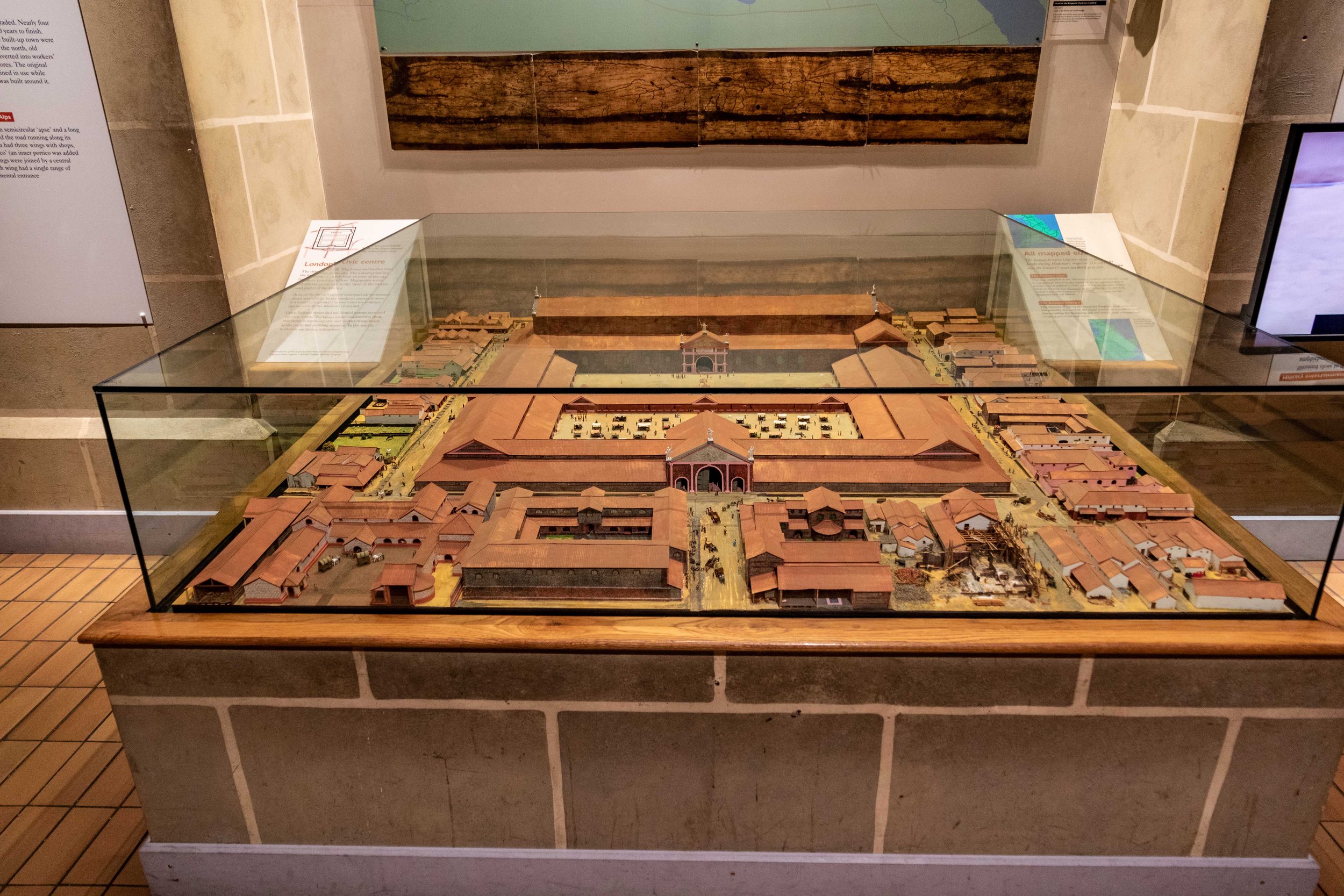
















Durham Cathedral is a very special building for a number of reasons to the extent that the author, Bill Bryson wrote it was “the best cathedral on Planet Earth.” Building began in 1093 and was to take 40 years to complete. If you are in the North-East of England, it should be number one on your list of places to visit. It is a good example of Romanesque architecture with its rounded or semi-circular arches, typical of architecture under the Normans (Norman castles have these arches too). When built it was Britain’s tallest building and must have amazed onlookers at a time when buildings were mainly made out of wood with wattle and daub walls and a thatched roof. It is home to the shrine of St Cuthbert, on of England's most important saints and the Venerable Bede.